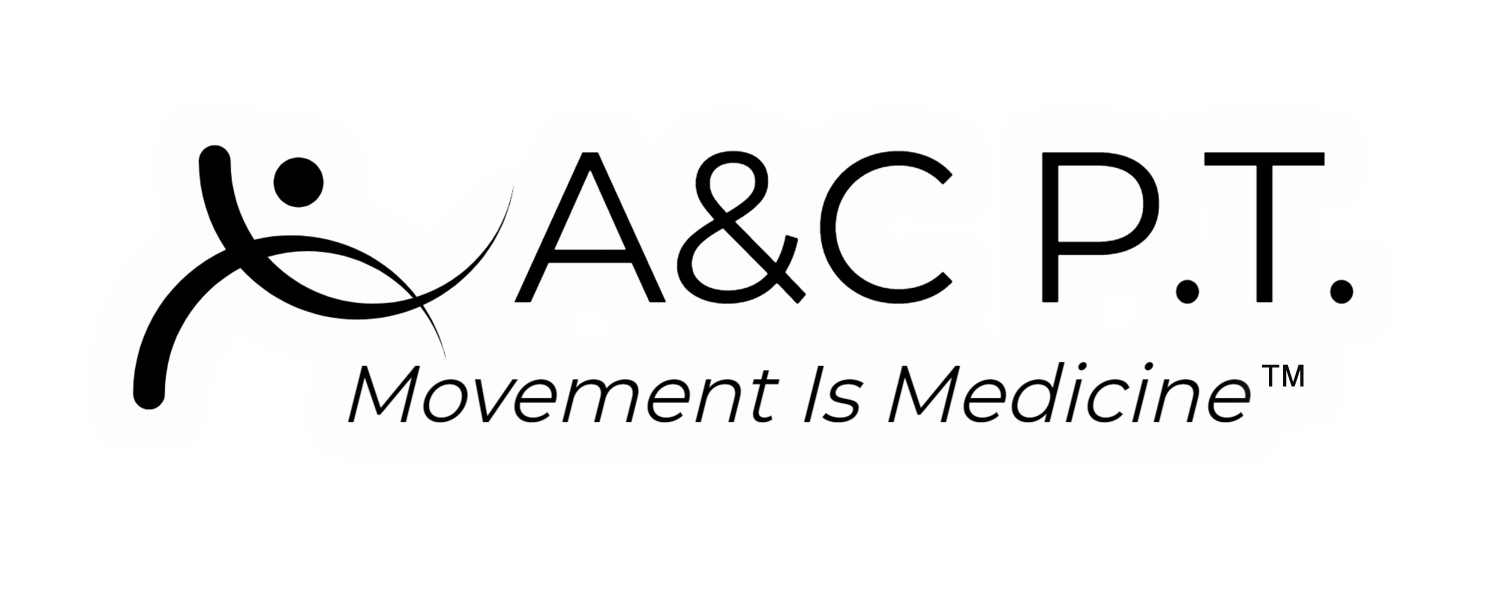Poor posture? How you stand plays a huge role in the function of your back because this determines the weight distribution placed on your muscles & joints. There are many forms of poor postures, like lumbar lordosis, sway back, flat back, round back, thoracic kyphosis etc. With all poor postures, it affects not only the back but also the shoulders, head, knees & ankles posture.
Poor posture is a leading source of Musculoskeletal pain
Thoracic kyphosis is the presentation of the forward head posture & rounded upper back. This can be caused by other pathologies like Scheuermann’s Disease, vertebral compression fractures, & ankylosing spondylitis. This relates to what is known as “upper crossed syndrome” with weak deep cervical neck flexors, lower traps, upper erector spinae, & rhomboids while also having tight pectorals + upper traps. The body then compensates for this with lumbar lordosis.
Lumbar lordosis is an excessive curve to your lower spine, similar to standing in a power pose with your chest up & butt back. The pelvis is in anterior pelvic tilt, causing adaptive shortening or weakening of the muscles that are supposed to support the pelvis in a neutral position. The anterior rotation pelvis is guided by increased tightness in your quadratus lumborum, erector spinae + hip flexors.
Swayback is common in women who have been pregnant. As the baby grows, the weight distribution becomes more anterior, so the hips begin the drive forward in relation to the shoulders & feet. The pelvis then tilts posterior, meaning the hamstrings + glutes are tight & the hip flexors + lower abdominals are elongated.
Because what happens at the thoracic affects the lumbar spine & vice versa, a 12-week research study has proven that implementing a strength program of the rhomboids, deep neck flexors, & the lumbopelvic muscles in combination with stretching the pecs, hamstrings/hip flexors within 3 sessions has decreased the angle of the forward head, sway back, kyphosis & lordosis to a more normal range.

